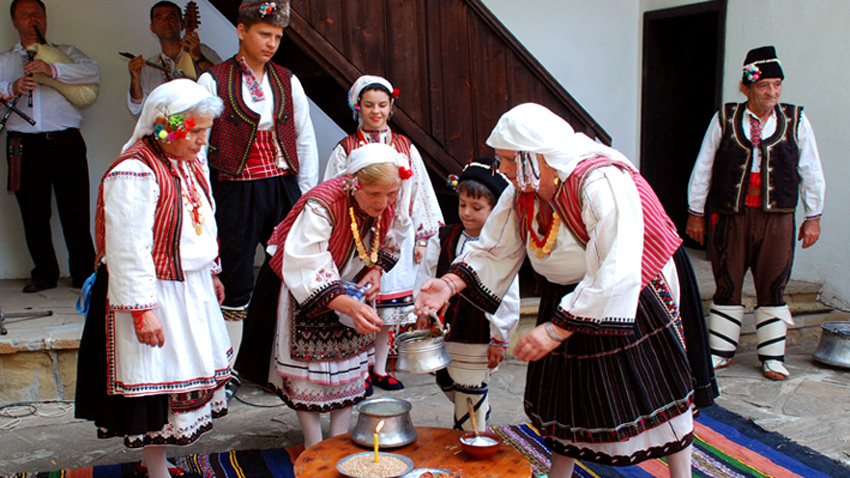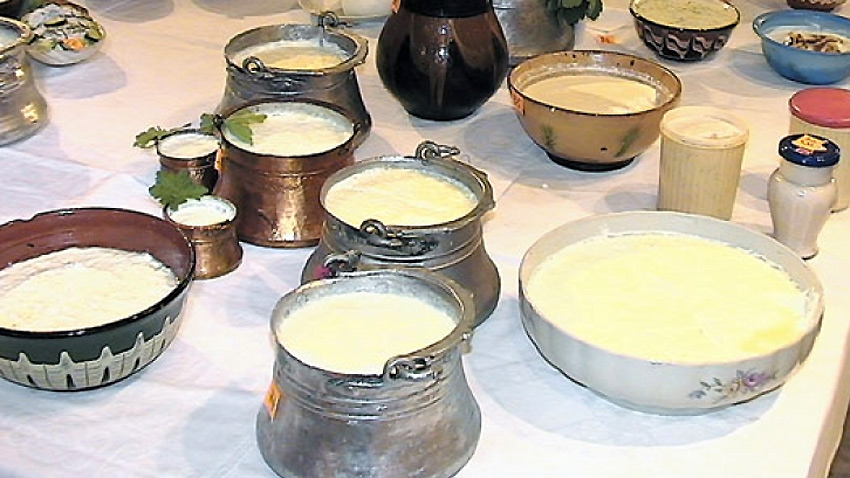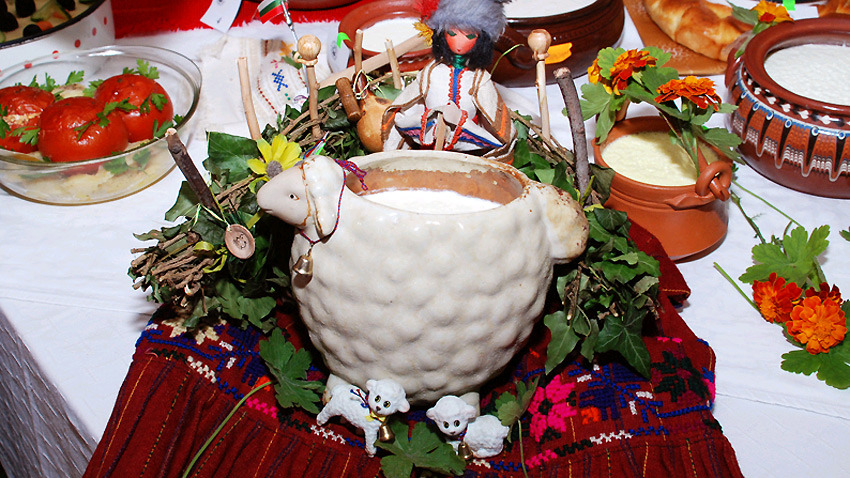Do you know which of Bulgaria’s ethnographic regions is most colourful? The answer is – Northern Bulgaria, where the Danube river plain unfolds its fertile lands reaching right up to the shores of the Black Sea. There are several villages amidst the wheat and maize fields stretching out as far as the eye can see, with Razgrad right in the middle. This is the “capital” of the Kapantsi – a small ethnographic group, people who like to say about themselves that their bloodline goes back to the oldest Bulgarians, that the language they speak is the most ancient, that their folklore is the most authentic, their yoghurt and their banitsa - tastiest.
Once upon a time this land, as flat as a pancake, was covered with impenetrable woodland where wild beasts would prowl and highwaymen lay ambush to traveling merchants. That is why people gave it the name Deliorman (in Turkish – Crazy Forest); later, after the liberation from Ottoman rule in 1878 it came to be known as Ludogorie (derived from the words “crazy” and “forest” in Bulgarian). Until the mid 20th century the forest here was so dense that the villages were entirely cut off from the outside world. Later, logging began on such a scale that the face of this part of the country changed forever. Where shady forests once reached up to the sky, farming land now stretches to the horizon. The people of the 15 towns and villages here proudly demonstrate their bizarre traditions. Starting with the kapan dialect no one else can understand and the vivid local folklore and ending with the unique rituals performed at weddings, on Todorovden (St. Todor’s day) and Lazarovden (St. Lazarus day).

We learn intriguing facts about local culture at the Museum of Ethnography in Razgrad where different ancient rituals are re-enacted. Visitors here can marvel at the authentic kapan costumes with their delicate embroidery in red and black, depicting plants, birds and people. The courtyard of the museum is used to display the old tanks in which rakia was distilled while old men dressed in traditional kapan outfits invite tourists to take a sip. The locals are definitely proud of their roots and traditions.

Razgrad municipality has put in place an ambitious tourist programme:
“Razgrad region is inhabited by the oldest ethnographic group in Bulgaria,” says Tanya Todorova from Razgrad municipality. “Some researchers say that Kapantsi are heirs to the men who came to these lands with Khan Asparouh, making them direct descendents of the founders of the Bulgarian state. It is because until recently they lived in a closed community that they have managed to keep their traditions alive.”

“An ancient recipe, inherited from our ancestors is used to make the famed kapan yoghurt,” Tanya Todorva says. “It has a unique flavour and is so thick that if you turn the pot upside down it will still stay in place. The festival is now very popular and attracts many visitors. We have different re-enactments and also a bazaar of traditional Bulgarian handicrafts like weaving, pottery, jewellery, furs. Many of our local kapan folklore ensembles present the traditional local music.”
Razgrad municipality organizes a host of cultural events, with an emphasis on festival tourism, financed under different European operational programmes and bringing in a growing number of tourists. On Enyovden (Midsummer’s day, 24 June) there will be demonstrations of “magical kapan practices” in the Ethnographic museum courtyard. One event people eagerly look forward to, is the annual cultural heritage festival called “The white nights of Razgrad”, taking place in July. The festival features a string of events and culminates in spectacular re-enactments of Thracian and Roman rituals and legends amidst the ruins of the Roman settlement Abritus.

English version: Milena Daynova
Photos: turizamiotdih.comBulgaria's entry into the eurozone is expected to create zones for elitе tourism in our country, similar to other countries in the rich club. Such zones could be developed in the seaside resorts of Sveti Vlas and Sozopol around the yacht..
Bulgaria has a unique tourism potential and we are here to present it in the best way. This was stated by the Minister of Tourism Miroslav Borshosh regarding the country's participation in the largest international tourism exhibition in the world,..
Bulgaria will participate in the 2025 Osaka World Expo with a national pavilion, where Bulgarian students will work, as proposed by the Ministry of Tourism. Bulgaria will have its own pavilion of the highest class – type "A", said the..

+359 2 9336 661
